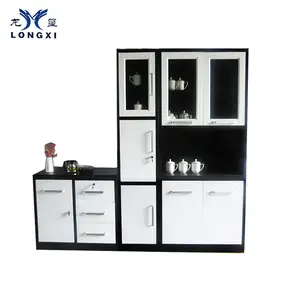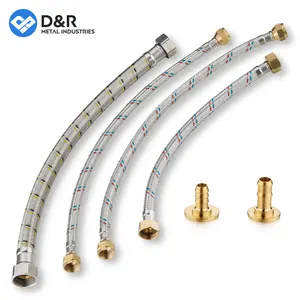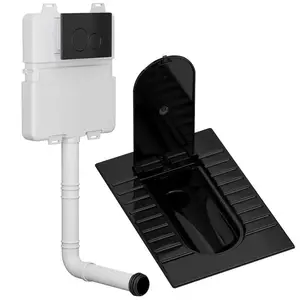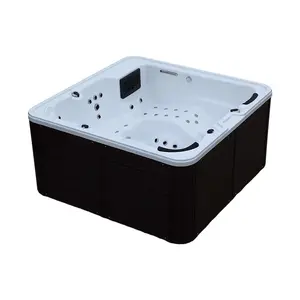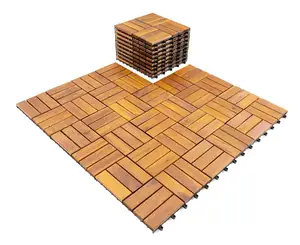Popular in your industry

































































Related Searches:










































































































































Top categories
About pull down stairs
Introduction
The attic, often an overlooked part of the home, holds significant potential for storage or even conversion into a functional room. However, access to this space can be a challenge, often involving cumbersome ladders or inconvenient access points. This article presents a comprehensive guide to revolutionizing your attic access with pull-down stairs. We delve into the basics of attic access, the need for pull-down stairs, the different types available, and how to choose the right one for your needs. We also explore the installation process, whether DIY or professional, and provide essential safety measures and maintenance tips.
Understanding the Basics of Attic Access
Nearly every building has an attic, often accessed via attic access doors and panels. These doors, when not properly insulated, can impact the building's operation due to heat loss and air drafts. Attic hatches are typically found in walk-in closets or hallways, functioning to allow access to attic space. They come in different types, including a simple attic hatch, a pull-down stair attic access door, and a knee-wall attic access door. The choice of door affects the insulation and security of the attic, making it crucial to consider these factors when selecting an attic access door.
The Need for Pull-Down Stairs
Pull-down attic stairs significantly simplify attic access, making it easier to utilize this crucial space in your home. These stairs attach directly to the attic access point frame and pull down when needed. Once you're done, the stairs fold on themselves and tuck away into your attic, remaining out of sight when not in use. Additionally, pull-down attic stairs can fortify your home’s energy efficiency, especially when insulated, guarding against seasonal temperature shifts.
Types of Pull-Down Stairs
Pull-down stairs come in various types, each with unique features. There are insulated steel scissor attic ladders, compact and sturdy, with a modern aesthetic. There are also versatile straight ladders, ideal for less frequent attic access. For those on a budget, there are simple wooden pull-down ladders. For homes with extra tall ceilings, there are great choices available. There are also durable steel ladders designed for long-term use. Lastly, for tight spaces, there are compact options available.
Wooden Pull-Down Stairs
Wood attic ladders, often used for attic access, are a familiar choice for many homeowners. They offer certain advantages but also come with some drawbacks. While they are generally less expensive and provide a sturdy option, they lack the versatility of being available in a telescoping design. The choice of a wood attic ladder largely depends on personal preference and specific needs.
Aluminum Pull-Down Stairs
Aluminum pull-down stairs, made from one of the most abundant metals on earth, are known for their lightweight nature. These ladders are a reliable choice for attic access due to their durability, resistance to fire, rust, and rot. However, they do conduct heat and electricity, which could be a concern if the ladder is near electrical hazards or hot environments. Despite this, aluminum attic ladders are often considered the overall better option for most homes.
Steel Pull-Down Stairs
Steel pull-down stairs are another popular choice for attic access. These are known for their durability and resistance to elements such as moisture, humidity, and pests. While they may not offer the aesthetic appeal of wooden stairs, they provide a robust and long-lasting solution for frequent attic usage. However, it's important to consider the weight and installation requirements of steel stairs, as they may require more structural support compared to other materials.
Choosing the Right Pull-Down Stairs for Your Attic
Choosing the right pull-down stairs for your attic involves considering several factors. First, determine the ceiling height to ensure the ladder fits properly. Next, consider the dimensions and weight capacity of the ladder, ensuring it can support the heaviest user and items. The material of the ladder, typically aluminum, steel, or wood, also matters. Aluminum and steel are durable and resistant to heat, while wood offers a classic look. Lastly, consider the ladder's ease of installation and safety features like handrails, slip-resistant steps, and locking latches.
Installation Process of Pull-Down Stairs
Installing pull-down attic stairs begins with cutting and bracing a hole for the new entrance. The joists are braced, cut, and then framed. Once the hole is prepared, the stair unit is installed with the help of temporary support boards. It's crucial to ensure the frame is square in the hole. After the attic stair is in place, it's tested for smooth operation. The ladder is then adjusted to the correct length, and the installation is completed with the addition of decorative trim if desired.
DIY Installation
Installing pull-down attic stairs can be a DIY project. Start by marking and cutting out the attic access opening. Remove any obstructions and construct the opening frame. Mount the door panel and install spring drums and a pulley system. Assemble the staircase, attach it to the door panel, and mount cable holders. Adjust the tension on the cables for a smooth glide. This process ensures a safe and easy access to your attic, providing a practical solution for storage needs.
Professional Installation
When it comes to attic ladders and stairs, professionals offer many different repair, replacement, and installation services. Once they arrive at your property and review the attic access, they’ll give you a few different options for your installation. For example, some attic stair repairs are as easy as adding new stair treads or a railing. In other cases, the existing staircase may be so damaged that attic stair replacement is a better option. They’ll recommend the best options and help guide your decision based on your budget.
Safety Measures and Maintenance Tips
Safety is paramount when using attic ladders. It is advised to maintain three points of contact with any ladder at all times. Ensure the ladder can safely bear the weight of a person plus storage boxes. Inspect the finished installation for unwanted gaps, missing or loose fasteners, or broken parts. Fix any issues before anyone uses the ladder. The attic ladder door should close tightly and have weather stripping to reduce heat loss. An insulated cover box can be added after installation for better insulation.
Conclusion
Pull-down attic stairs are a game-changer for homeowners, providing easy, safe, and efficient access to the attic. They come in various types and materials, each with unique features and benefits. Choosing the right one involves considering factors like ceiling height, ladder dimensions, weight capacity, material, and safety features. Installation can be a DIY project or professionally done, depending on your comfort level and skills. Regardless of the choice, safety and maintenance are paramount to ensure the longevity of the stairs and the well-being of the users. With the right pull-down stairs, your attic can transform from a forgotten space to a functional part of your home.
